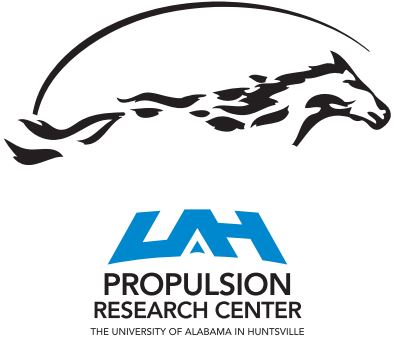Elucidating Lithium Alloying-Induced Degradation Evolution in High-Capacity Electrodes
Source
UAH PRC Research Database
Document Type
Article
Publication Title
American Chemical Society
Abstract
Alloy electrode materials offer high capacity in lithium-ion batteries; however, they exhibit rapid degradation resulting in particle disintegration and electrochemical performance decay. In this study, the evolution of lithium alloying-induced degradation due to electrochemomechanical interactions is examined based on a multipronged electrochemical and microstructural analysis. Copper-tin (Cu 6 Sn 5 ) is chosen as an exemplary alloy electrode material. Electrodes with compositional variations were fabricated, and electrochemical performance was examined under varying conditions including voltage window, C-rate, and short- and long-term cycling. Morphology and composition analyses of pristine and cycled electrodes were conducted using micrography and spectroscopy techniques. Alloying-induced electrode microstructural evolution was probed using X-ray microtomography. The rapid capacity fading was found to be caused by mechanical degradation of the electrode. Driving the electrode to a lower potential (E ≈ 0.2 V vs Li/Li + ) induced Li-Sn alloy formation and provided the characteristic large capacity; however, this led to a large volume expansion and active particle cracking and disintegration. Copper expulsion was found to be a consequence of the alloy formation; however, it was not the primary contributor to the dramatic electrochemical performance decay.
First Page
563
Last Page
577
DOI
https://doi.org/10.1021/acsami.8b14242
Publication Date
12-11-2018
Recommended Citation
Juarez-Robles, Daniel; Gonzales-Malabet, Hernando J.; L'Antigua, Matthew; Xiao, Xianghui; Nelson, George J.; and Mukherjee, Partha P., "Elucidating Lithium Alloying-Induced Degradation Evolution in High-Capacity Electrodes" (2018). PRC-Affiliated Research. 107.
https://louis.uah.edu/prc-research/107


